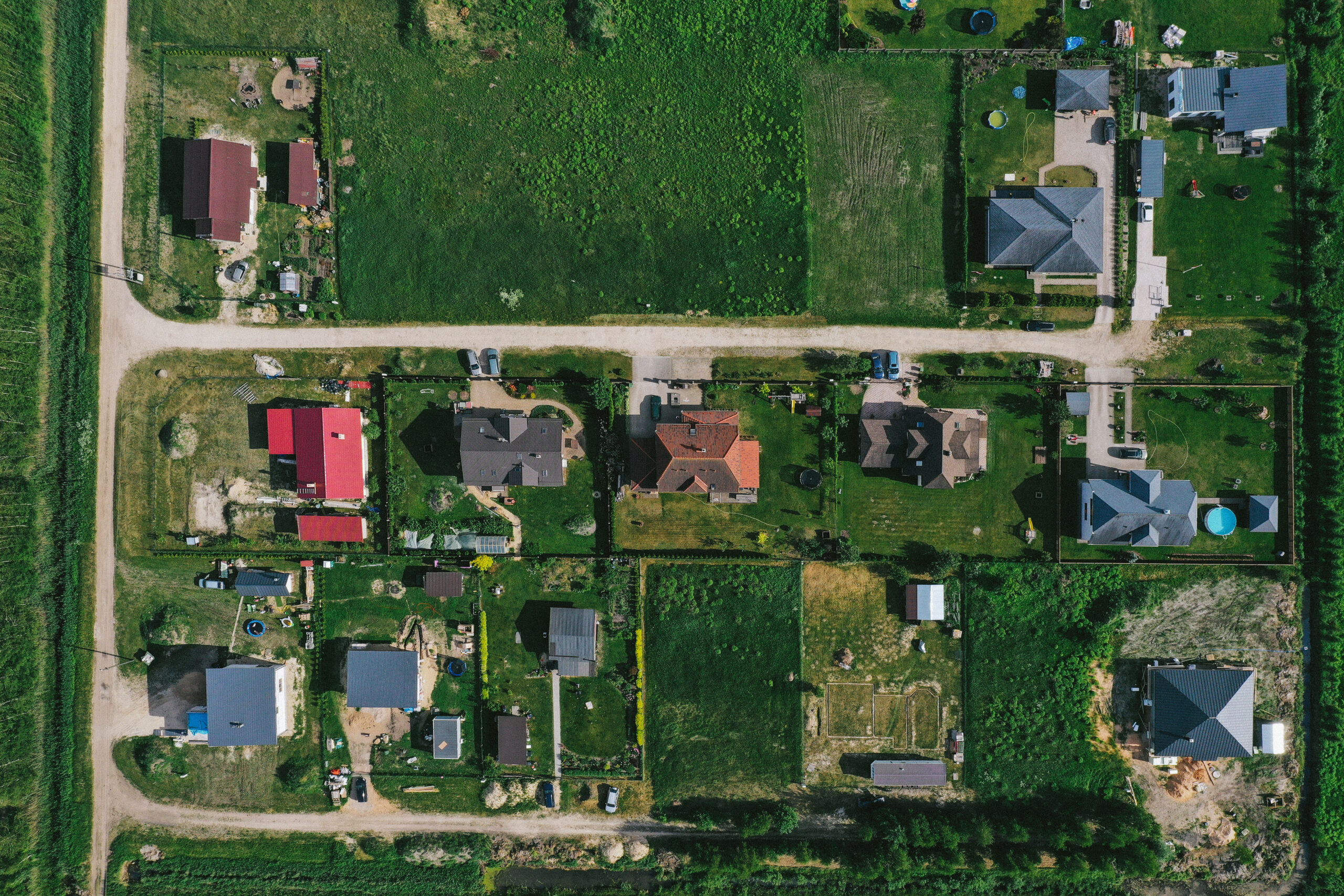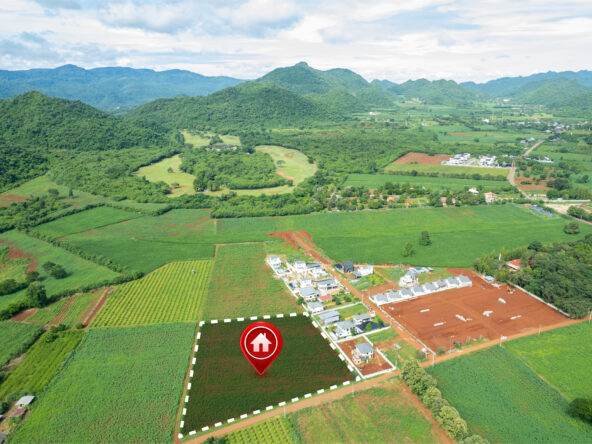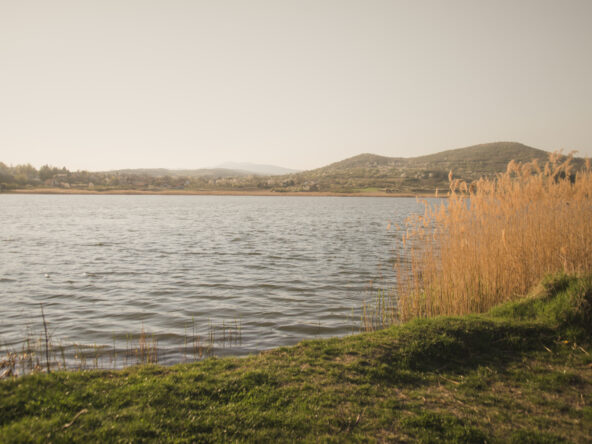Hey there, future land tycoons! So, you’re ready to dip your toes into the world of land investment, but you’re stuck at the crossroads of rural and urban choices. No worries! We’re here to break down the pros and cons of each so you can make the best call for your moolah.
Understanding Rural Land Investment
So, you’ve got this picture in your mind: wide-open spaces, rolling hills, maybe a babbling brook in the background. That’s the rural scene we’re talking about, and it’s not just a pretty postcard; it’s a canvas for potential investment opportunities.
Pros of Investing in Rural Land
- Lower Initial Investment Costs
Let’s talk budget-friendly, shall we? Rural land is like the thrift store of real estate – you can find some real gems without draining your savings. Whether you’re dreaming of a cozy cabin or planning a future vineyard, the lower upfront costs in rural areas can make your dreams a reality without breaking the bank.
- Potential for Larger Land Parcels
Go big or go home, right? In rural areas, you’re not dealing with postage stamp-sized plots. No siree! You might stumble upon acres and acres of untamed beauty, giving you the canvas for grand projects. Fancy a horse ranch, an orchard, or your very own wildlife sanctuary? Rural land has the space for your wildest dreams.
- Less Competition
Ever been to an auction where you were the only bidder? That’s the rural land scene for you. With fewer people eyeing the same plots, you’ve got a better chance of snagging a deal. It’s like finding a hidden treasure in a sea of plain old rocks – a little secret between you and your future investment.
Cons of Investing in Rural Land
- Limited Infrastructure and Amenities
Ready for some tranquility? Great! But keep in mind that with the quiet charm of rural living comes a lack of fancy frills. Paved roads might be replaced by gravel, and your daily Starbucks run might turn into a scenic drive to the nearest town. If you’re looking for the hustle and bustle, rural might feel a tad too serene.
- Lower Liquidity
Picture this: you’re ready to sell, but the market is playing hard to get. Rural land often takes its sweet time finding the right buyer. If you’re in a hurry to cash in on your investment, rural living might test your patience.
- Limited Potential for Rapid Appreciation
You know the saying, “Good things come to those who wait”? Well, that’s the vibe with rural land appreciation. It happens, sure, but it’s more of a slow dance than a rapid sprint. If you’re in it for the long haul, rural land might just be your perfect partner.
In a nutshell, rural land investment is like finding a hidden oasis away from the urban hustle. It’s a canvas where you can unleash your creativity, but it comes with a few trade-offs – a bit of isolation and a slower pace of life. So, are you ready to embrace the rustic charm and build your own piece of heaven?
Stay tuned as we explore the urban jungle next, where skyscrapers touch the clouds and street food is king! 🌳🏡🌄
Exploring Urban Land Investment
Factors to Consider in Land Investment




